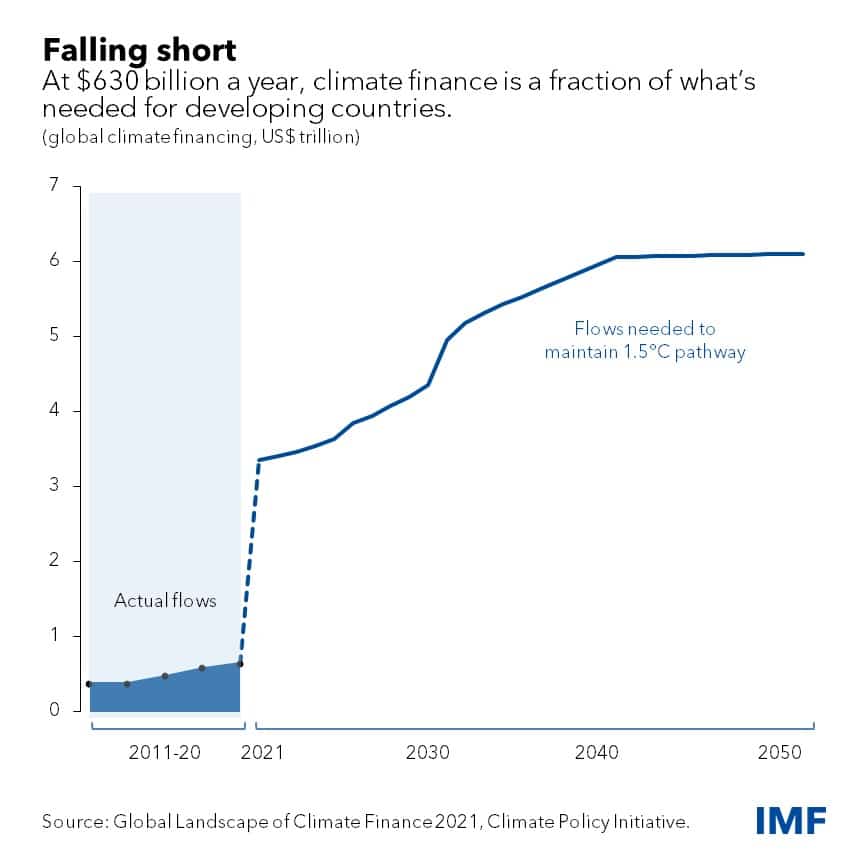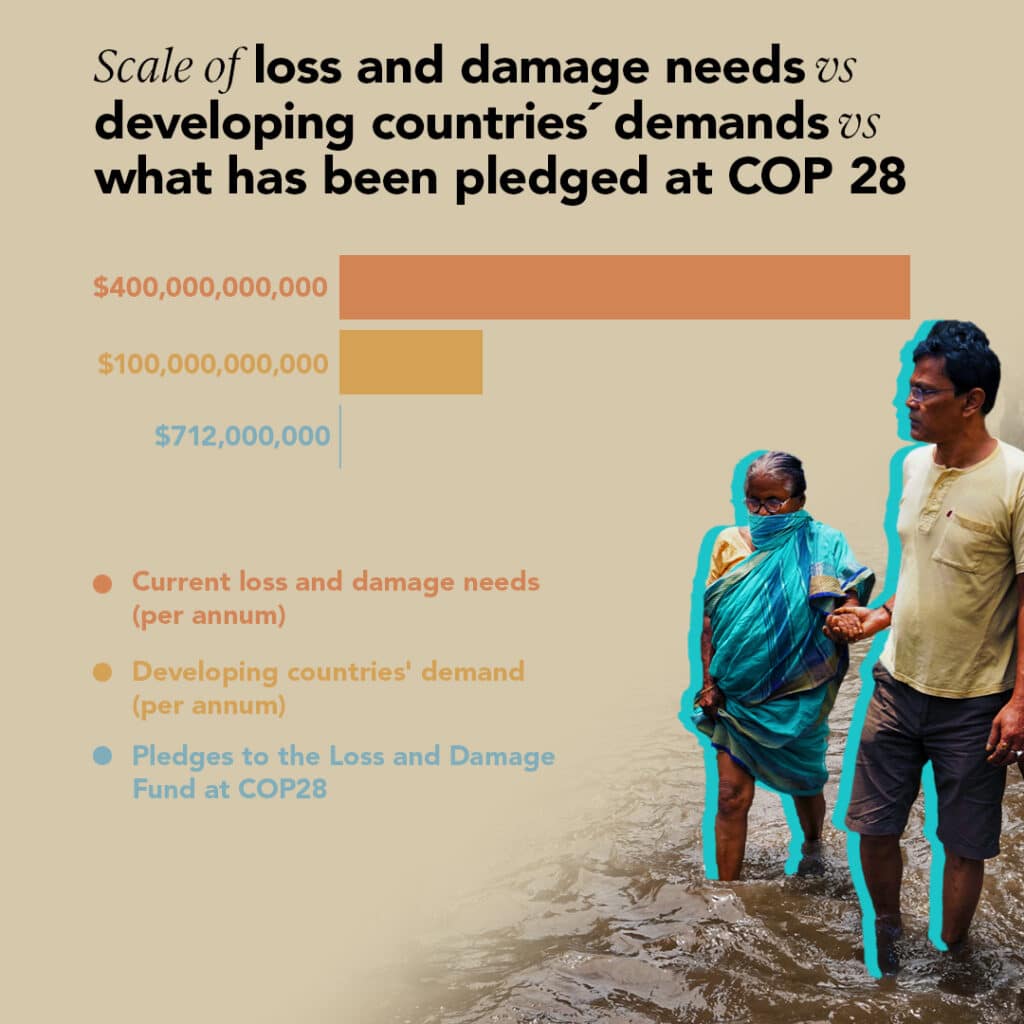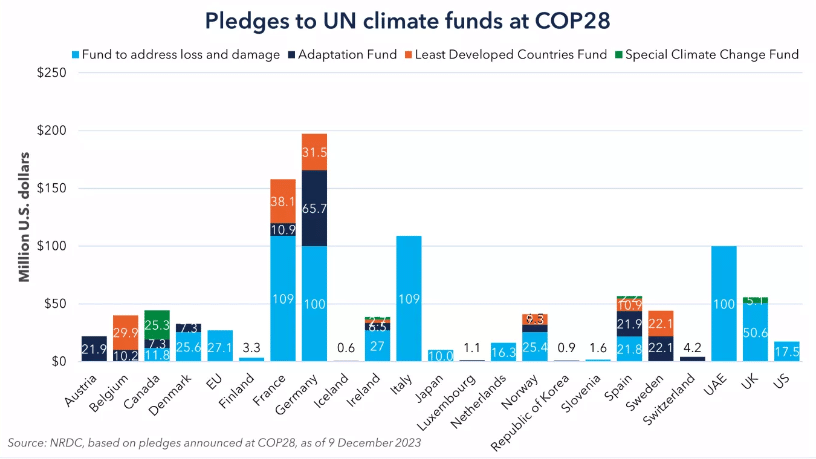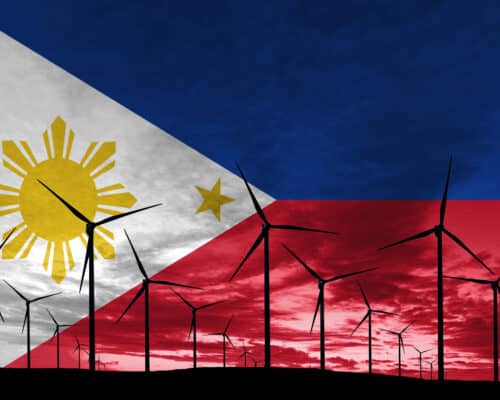COP28 Outcomes: A Detailed Analysis And Future Implications
Source: Economy Middle East
15 December 2023 – by Eric Koons
The 28th session of the Conference of Parties (COP28) concluded with several significant outcomes and a global agreement to transition away from fossil fuels.
Going into the COP28 conference, the UAE laid the framework for the meeting by putting forward four major themes and goals. Over 170 announcements and commitments were made to support this framework throughout the two-week meeting at Expo City, Dubai. This was a significant increase in commitments compared to COP27 and signals a growing global awareness and willingness to invest in sustainability.
However, the climate conference faced mixed reactions. Experts, government leaders and environmental groups are debating the effectiveness of these commitments and their implementation. Let’s look at some of the primary outcomes of COP28 and their role in future climate action.
Adoption of the Global Stocktake
Undoubtedly, the primary outcome of COP28 UAE was the Global Stocktake, with parties coming to an agreement in the final hours of COP28 2023. The COP28 agreement rolls together many other commitments made throughout the climate summit and is the first global commitment to phasing out fossil fuels by 2050. It is being hailed by many as the “beginning of the end” of the fossil fuel era.
Eliminating Fossil Fuels and Transitioning to Renewables
The text’s primary focus is the elimination of fossil fuels in favour of renewables. This is encapsulated with the clear goals of transitioning away from fossil fuels and accelerating renewable energy adoption. The final result would be the world being net-zero by 2050. Furthermore, the text references the crucial science-based goals of emissions peaking before 2025 with progressive reductions in 2030 and 2035.
This goal is supported by a near-term commitment to triple the world’s renewable energy capacity by 2030 and double the rate of annual energy efficiency improvements. Furthermore, the pledge calls for accelerating the phasing down of unabated coal power.
Along these same lines, it clarifies where carbon capture and storage (CCS) should be used – primarily for hard-to-abate sectors rather than across the board. This is a major step, as it removes CCS as a viable solution to eliminate fossil fuel emissions and instead reinforces the need for fossil fuel use to halt.
However, there are several concerns with this portion of the COP28 deal. Primarily, the text does not directly address equity or quantify national renewable energy targets. This leaves little accountability for the largest emitting nations to do their “fair share”.
Additionally, while phasing down unabated coal is a good start, the language surrounding the issue is still vague. There needs to be a commitment to eliminating coal energy and halting the development of new coal power plants to limit global warming.
Financing the Energy Transition and Adaptation
The text noticeably lacks information on financing the energy transition and climate adaptation. While it did address the need for more funding, no concrete numbers or mechanisms were put forward. This is a leading concern for developing countries, which require USD 2 trillion annually by 2030 for their energy transition. Plus, they need another USD 300 billion annually for adaptation.

Source: International Monetary Fund
This will likely be a core discussion during 2024 and will play a central role at the COP29 meeting in 2024.
Protecting Nature and Decarbonising Agriculture
The COP28 agreement does include some important commitments to protect the earth’s natural systems. In broad terms, it acknowledges nature and biodiversity’s role in fighting climate change and how they align with global climate action. It is estimated that nature absorbs around 50% of human-related emissions. In this pursuit, the text directly reiterates a COP26 goal of halting and reversing deforestation by 2030.
Additionally, the agreement highlights the need to decarbonise agriculture and develop a robust climate-resilient food system that can support the world’s growing population. As it currently stands, agriculture accounts for a third of global greenhouse gas emissions.
Commitments Beyond the COP28 Agreement
While the Global Stocktake outcome was the guiding document produced at COP28 Dubai, there were many other important COP28 outcomes.
Operationalising the Loss and Damage Fund
One of the earliest agreements made at COP28 was the mobilisation of the Loss and Damage Fund developed at COP27 to support developing countries. Many at the conference hailed this as a historic moment, recognising the fund’s potential to provide much-needed support for climate-induced damage in the developing world.
However, there are concerns about its sufficiency. The over USD 700 million pledged will cover less than 0.2% of the estimated need by the developing world. This indicates a considerable gap between the fund’s capabilities and the actual requirements of vulnerable countries. Additionally, only 16 parties made pledges, with some of the largest greenhouse gases emitters making small commitments or being absent.

Source: The Loss and Damage Collaboration
While this is a historic agreement and a step in the right direction, the lack of funding from developed countries underscores a general theme in climate action – more financial commitments are needed.
Additional Support to Cut Global Emissions
Several significant public and private sector emissions-focused commitments were made at United Nation’s climate summit, COP28. Notably, blocks of countries agreed to reduce cooling sector emissions by 68% and triple nuclear power capacity by 2050.
Leading the private sector side, 50 oil and gas companies, encompassing 40% of global oil production, signed the Oil and Gas Decarbonisation Charter (OGDC). These companies are committed to being net-zero by 2050, eliminating methane emissions and ending routine flaring. This was a major focal point for COP President Sultan Al Jaber. It is a win for climate action, which has historically been at odds with the oil and gas industry.
Other crucial private sector commitments include reducing shipping-related emissions, utility companies pledging to prepare local grids for renewable energy systems and expanding the Breakthrough Agenda adopted at COP27.
Climate Finance Progress
Initial progress was made on developing the new collective quantified goal (NCQG). Countries agreed to draft the new finance goal before COP29. The NCQG will replace the existing USD 100 billion annual funding commitment made by developed nations for developing countries. This step puts the NCQG development process in motion yet still requires ongoing negotiations throughout the upcoming year.

Source: NRDC
Additionally, the Green Climate Fund received contributions of over USD 3.5 billion, the Adaptation Fund received USD 187.7 million, the Least Develop Countries Fund received USD 144.4 million and the Special Climate Change Fund received USD 34.9 million.
Impact of COP28 UAE on Climate Action
While nations came together at COP28 to develop a record number of commitments, many argue the COP28 outcome is not enough. Notably, the International Energy Agency (IEA) says that if every country achieves its new renewable energy and decarbonisation commitments, it will only account for one-third of the emissions reductions needed by 2030 to stay in line with the Paris Climate Agreement.
Furthermore, commitments will not necessarily be met. This is highlighted by the continued failure of developed countries to mobilise the USD 100 billion annual financing they pledged for developing countries in 2009. This is a major concern for climate funding, which remains one of the primary barriers to fighting climate change.
Moving forward, countries, organisations and the private sector must be held accountable for their commitments. Without accountability, climate progress will remain slow and maintaining warming below 1.5oC will slip out of reach. Additionally, it is critical that countries continue to scale up their climate commitments – particularly with the next round of National Determined Contributions (NDCs) due at the start of 2025.
The COP29 2024 meeting in Azerbaijan will be a pivotal point for countries to discuss their NDCs and ensure global decarbonisation targets align with the Paris Agreement. As another country that relies on fossil fuels, Azerbaijan must learn from the UAE’s handling of COP28 to hold a successful meeting. The world can’t afford to waste time. Climate impacts are already seen across the globe and will only increase in the coming years.
by Eric Koons
Eric is a passionate environmental advocate that believes renewable energy is a key piece in meeting the world’s growing energy demands. He received an environmental science degree from the University of California and has worked to promote environmentally and socially sustainable practices since. Eric’s expertise extends across the environmental field, yet he maintains a strong focus on renewable energy. His work has been featured by leading environmental organizations, such as World Resources Institute and Hitachi ABB Power Grids.
Read more

